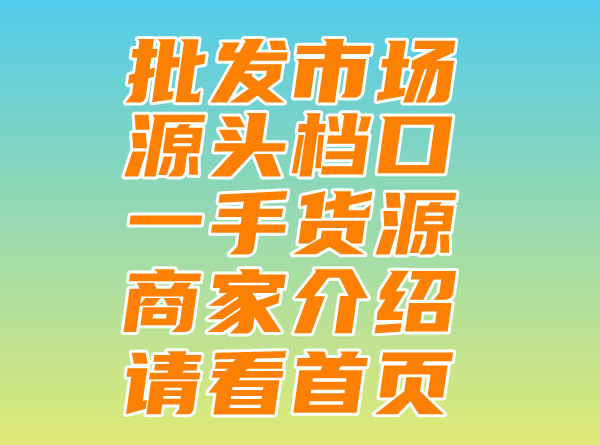Luxury Replica Advertising: Unveiling the Ultimate Guide to Premium Imitations
Luxury Replica Advertising: Unveiling the Ultimate Guide to Premium Imitations,
Luxury Fake Goods Advertising: An Examination of the Fine Line between Quality and Deception
Introduction
In today's world of fast fashion and consumerism, the luxury goods market has become a highly lucrative industry. From high-end fashion to fine jewelry, the demand for luxury items is ever-growing. However, alongside the genuine luxury products, the proliferation of luxury fake goods and their advertisements has become a pressing issue that needs attention. These days, it's increasingly difficult to distinguish between the genuine and the replica, leading us to question the ethics and legality of such advertising practices.The rise of social media and e-commerce platforms has given a boost to the sale of luxury fake goods. With advertisements showcasing their high-quality replicas, some companies present their products as genuine, capitalizing on the desire of consumers who want to own luxury items without paying the high prices. This practice not only deceives customers but also undermines genuine brands and affects their reputation.
The Challenges of Luxury Fake Goods Advertising
One of the most significant challenges with luxury fake goods advertising is the blurring of the line between quality and authenticity. While some replicas offer good quality at an affordable price, others are poor imitations that compromise on quality and safety standards. Advertisements often present these products as identical to the original, creating a false sense of value for consumers.
Moreover, the legal implications of such advertising are also concerning. Advertisements that mislead consumers about the authenticity of products can be considered fraudulent and violate consumer protection laws. The sale and promotion of fake luxury goods not only harm genuine brands but also contribute to illegal activities that affect the integrity of the market.
Furthermore, luxury fake goods advertising poses a threat to consumer trust in brands and products. When consumers are deceived into buying inferior or low-quality products, they may lose faith in the advertised brand or even the entire industry. This can lead to a loss of reputation and customer loyalty for genuine brands, affecting their long-term sustainability.
Conclusion
In conclusion, the advertising of luxury fake goods is a complex issue that requires careful consideration of ethics, legality, and consumer welfare. While there is a demand for affordable luxury alternatives, it's crucial to maintain transparency and honesty in advertising. Brands should focus on creating advertisements that highlight their genuine products' unique features rather than trying to imitate competitors or deceive consumers. At the same time, consumers should be educated about the risks associated with buying fake luxury goods and be encouraged to support genuine brands that offer quality products and excellent customer service.

- How to Identify Fake Luxury Bags? A Guide to Fakes Detection of High-end Brands.
- Luxury Fake Goods Market: Exploring the Boom.
- Luxury Brand Replica Stores Locations: A Guide to Find High-Quality Imitations.
- Affordable Luxury Jewelry Wholesale: Quality Fashion Accessories for Less
- 仿制奢侈品的法律风险与刑罚 英文标题为:Legal Risks and Penalties for Fakes of Luxury Goods
- 南昌仿奢侈品时尚服饰风潮:从设计到潮流趋势的探讨
- Luxury Sofa Replica Images - Aesthetic Appreciation.
- Luxury Replica Watch Trends: Emulating the Classics With Precision


